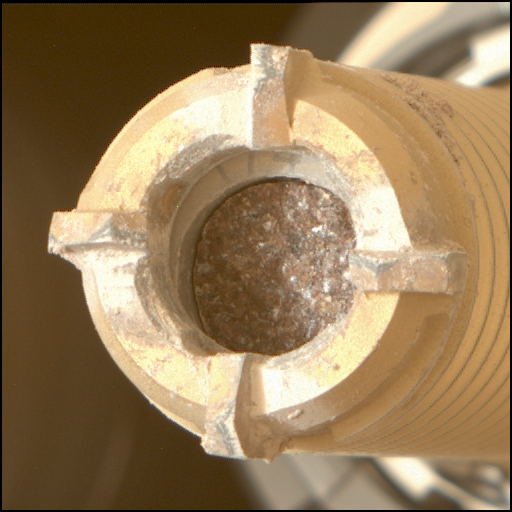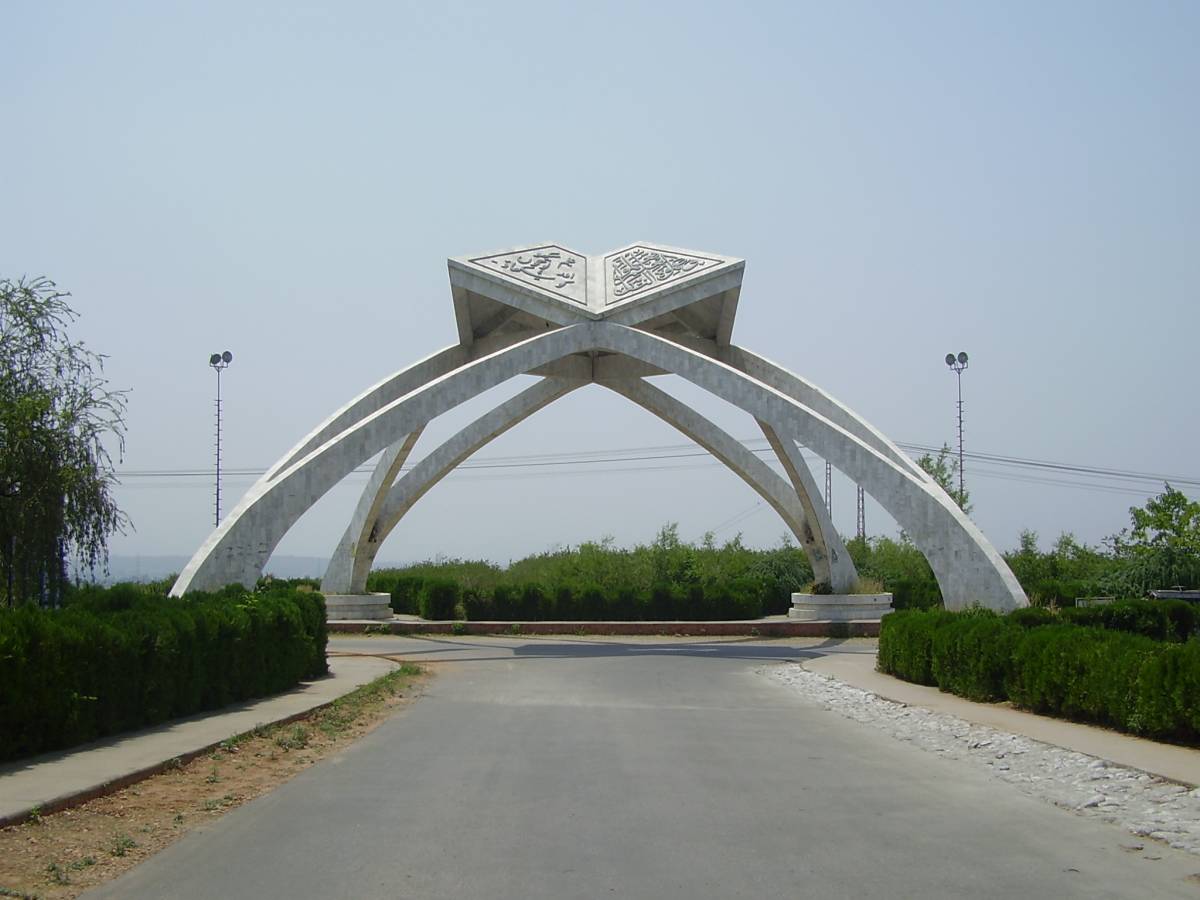Silica phases are formed when water interacts with rocks or sediments, while carbonate minerals from Earth’s rock record are typically used to study past climates. In the case of the Comet Geyser sample, the presence of carbonate indicates that a reaction took place between water, carbon dioxide, and chemical elements from rocks or sediments in the old Jezero crater to produce carbonate. This reaction provides valuable information about the history of life on Mars, including temperature, precipitation, and aridity. On the other hand, silica phases can provide information about the intensity and duration of weathering, as well as the pressure and temperature conditions during formation.
Unraveling the Past: How Water Interactions on Mars Reveal Climate and Life History


